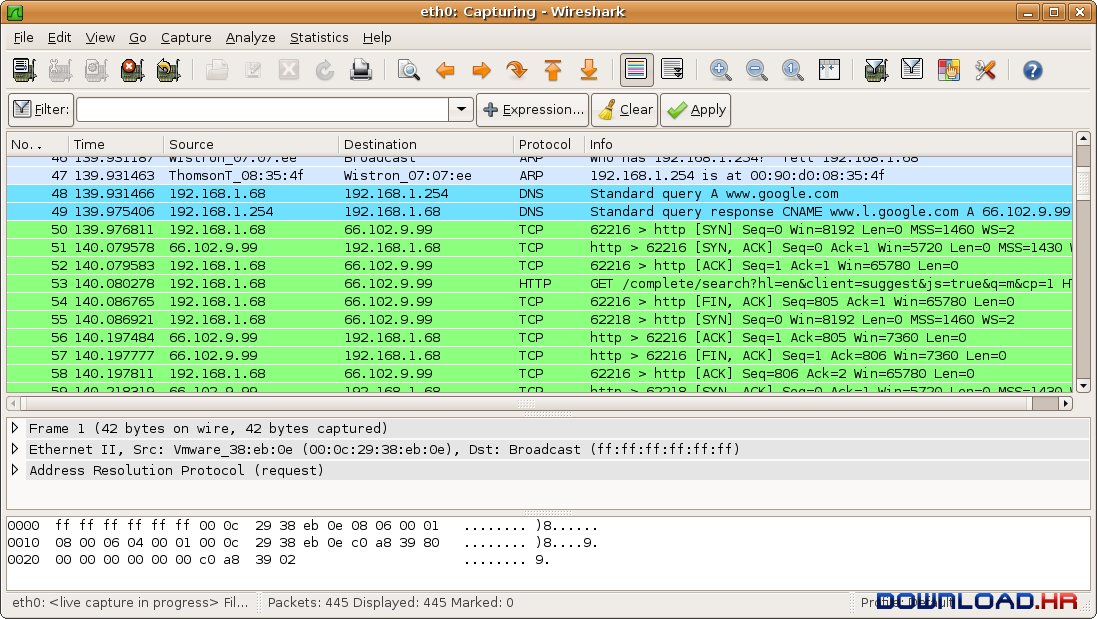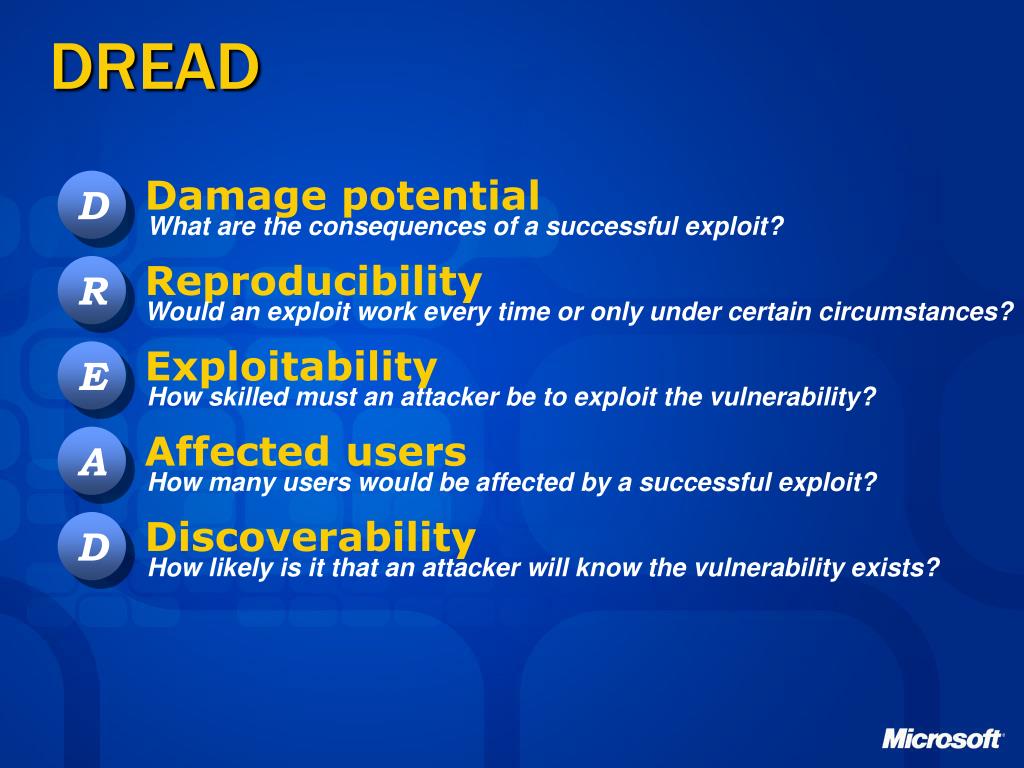

- #HTTP SNIFFER ONLINE INSTALL#
- #HTTP SNIFFER ONLINE FULL#
- #HTTP SNIFFER ONLINE OFFLINE#
- #HTTP SNIFFER ONLINE FREE#
The -b option allows you to save raw HTTP packets into a binary file as is, which then can be replayed with httpry later.
#HTTP SNIFFER ONLINE OFFLINE#
So you want to save captured HTTP packets for offline analysis. In most cases, however, you will be swamped with the fast scrolling output as packets are coming in and out. Httpry then listens on a specified network interface, and displays captured HTTP requests/responses in real time. The basic use case of httpry is as follows.
#HTTP SNIFFER ONLINE INSTALL#
You can easily build httpry from the source by: $ sudo yum install gcc make git libpcap-devel On Fedora, simply run: $ sudo yum install httpry So build it from the source: $ sudo apt-get install gcc make git libpcap0.8-devįirst, enable EPEL repo, and then use yum command: On Debian-based systems, httpry is not available in base repositories. Install httpry on Linux Install httpry on Ubuntu or Debian In this tutorial, let's see how we can sniff HTTP traffic with httpry. httpry captures live HTTP packets on the wire, and displays their content at the HTTP protocol level in a human-readable format. In fact, httpry is extactly that: HTTP packet sniffing tool. What will be nice is to have tcpdump-like sniffing tool, but targeting HTTP traffic only.
#HTTP SNIFFER ONLINE FULL#
Real-time web server log parsers such as ngxtop provide human-readable real-time web traffic traces, but only applicable with a full access to live web server logs. While packet sniffing tools such as tcpdump are popularly used for live packet dump, you need to set up proper filtering to capture only HTTP traffic, and even then, their raw output typically cannot be interpreted at the HTTP protocol level so easily. Whatever the reason is, there are cases where HTTP traffic sniffing is helpful, for system admins, developers, or even end users. Or you may be trying to troubleshoot PAC (proxy auto config) or check for any malware files surreptitiously downloaded from a website. Or you may be debugging a web application or a RESTful service. For example, you may be testing experimental features of a web server. Suppose you want to sniff live HTTP web traffic (i.e., HTTP requests and responses) on the wire for some reason.
#HTTP SNIFFER ONLINE FREE#
Although it has not been updated for a while, Free HTTP Sniffer is stable on newer operating systems.How to sniff HTTP traffic from the command line on Linux It quickly loads the list of URLs and doesn't cause the OS to hang, crash or pop up error messages. The utility has minimal impact on system performance, running on very low CPU and RAM. In addition, you can open a selected URL and display grid lines, as well as ask Free HTTP Sniffer to automatically set the column size, clear results before a taking new action, and to remove duplicate addresses. This list can be saved to a plain text document for further scrutiny.

Results shows the URL along with the source and destination IP and port number for each location. only addresses sent by this computer, all addresses sent and received by any machine), in order to initialize the scanning procedure. Its interface is made from a common window with a plain and simple layout, where all you have to do is select the adapter and sniffer mode (e.g. The application supports multiple file types, such as GIF, HTML and JPEG.


You can use it to capture streaming audio and video in real-time mode, for instance. Free HTTP Sniffer is a lightweight and straightforward application that detects the URLs of all streams in your local network, by parsing and decoding the HTTP protocol.


 0 kommentar(er)
0 kommentar(er)
